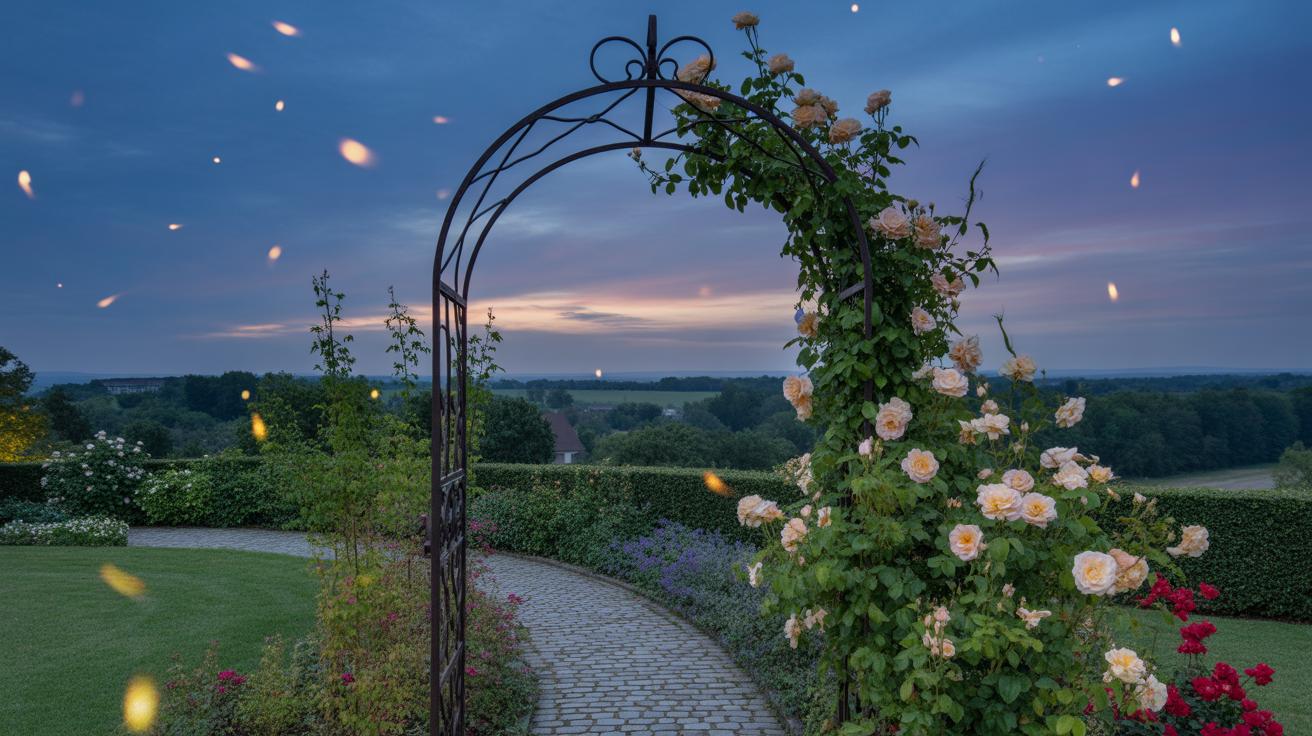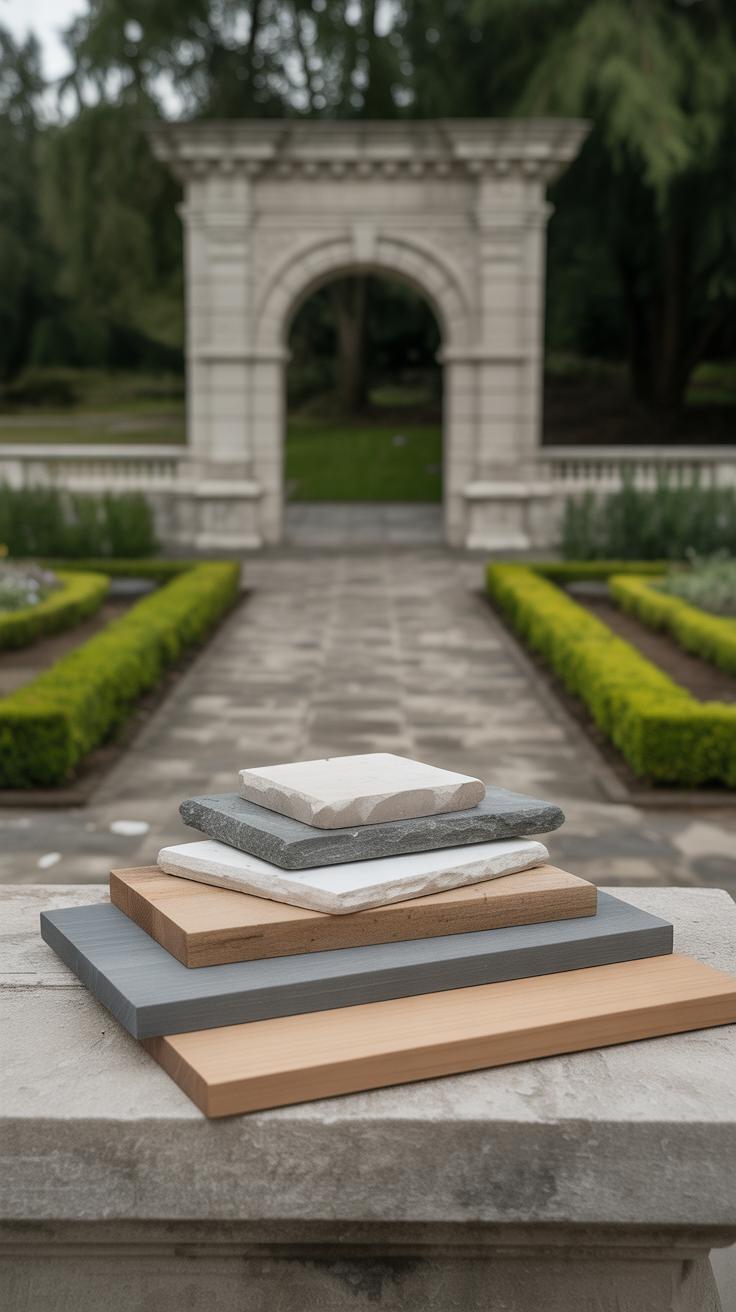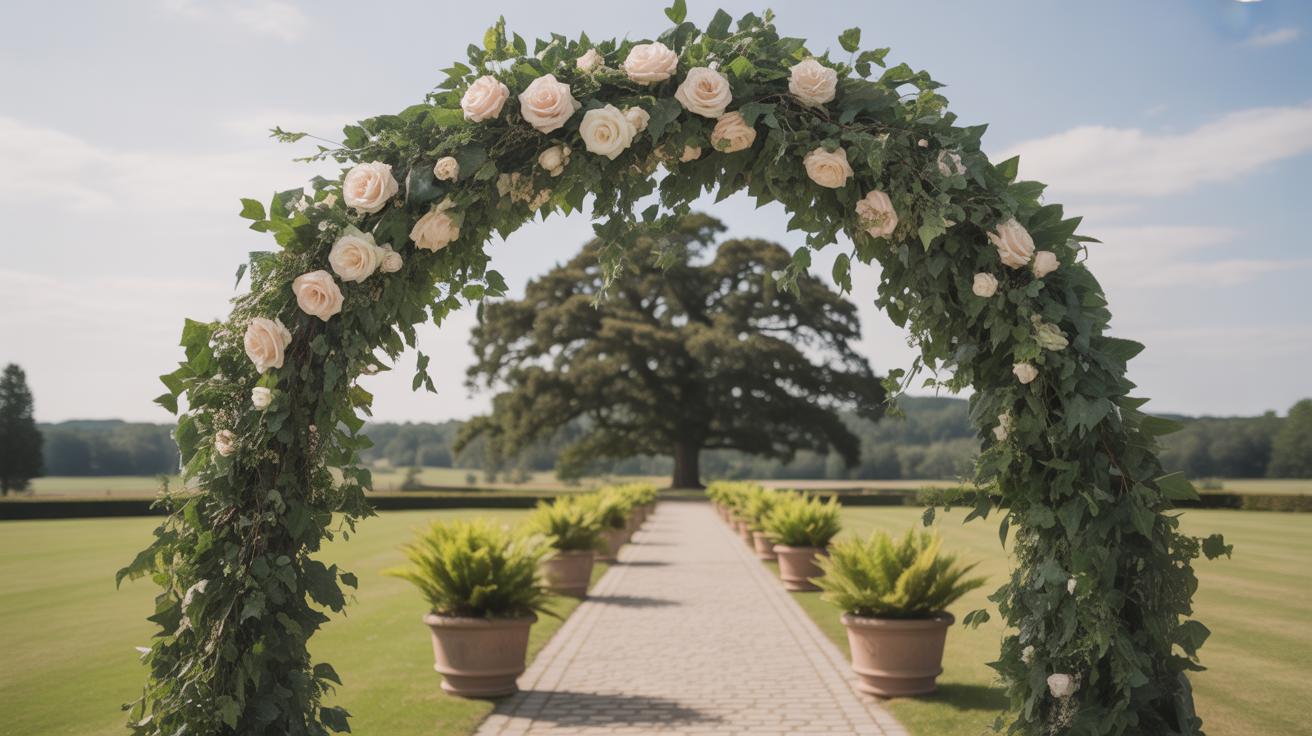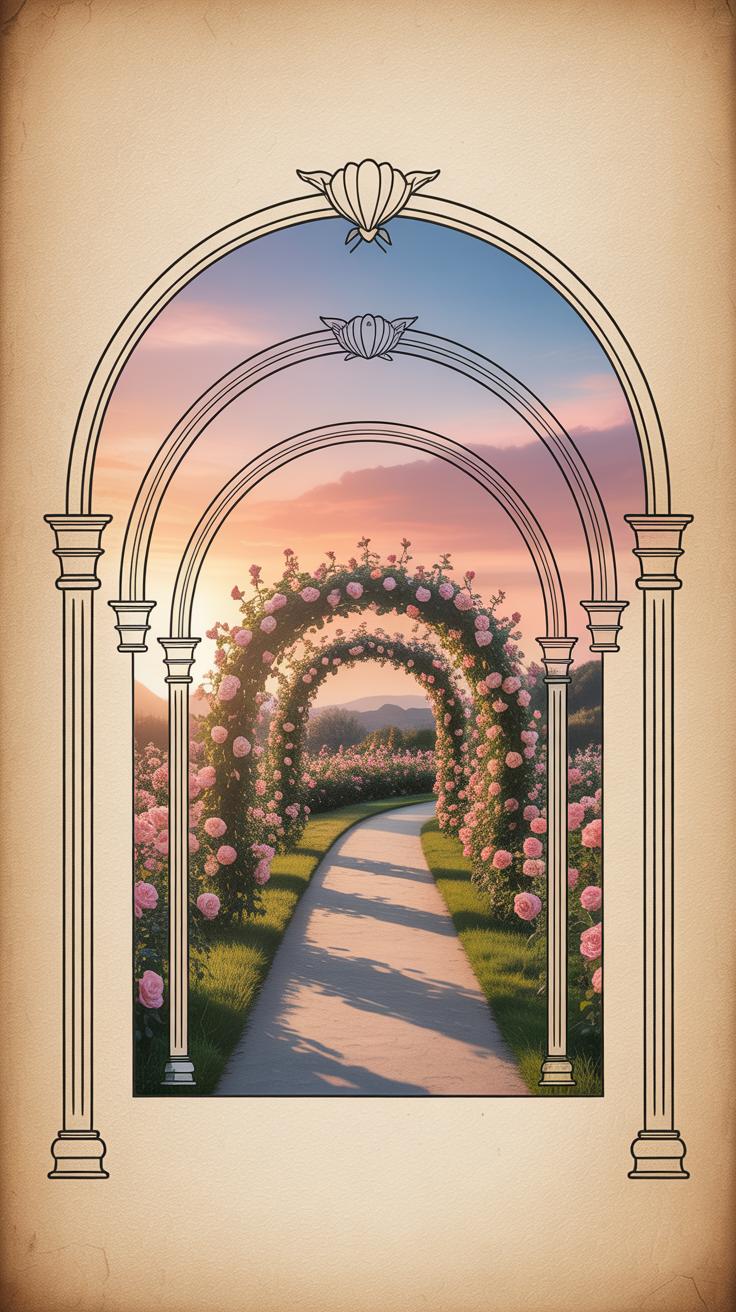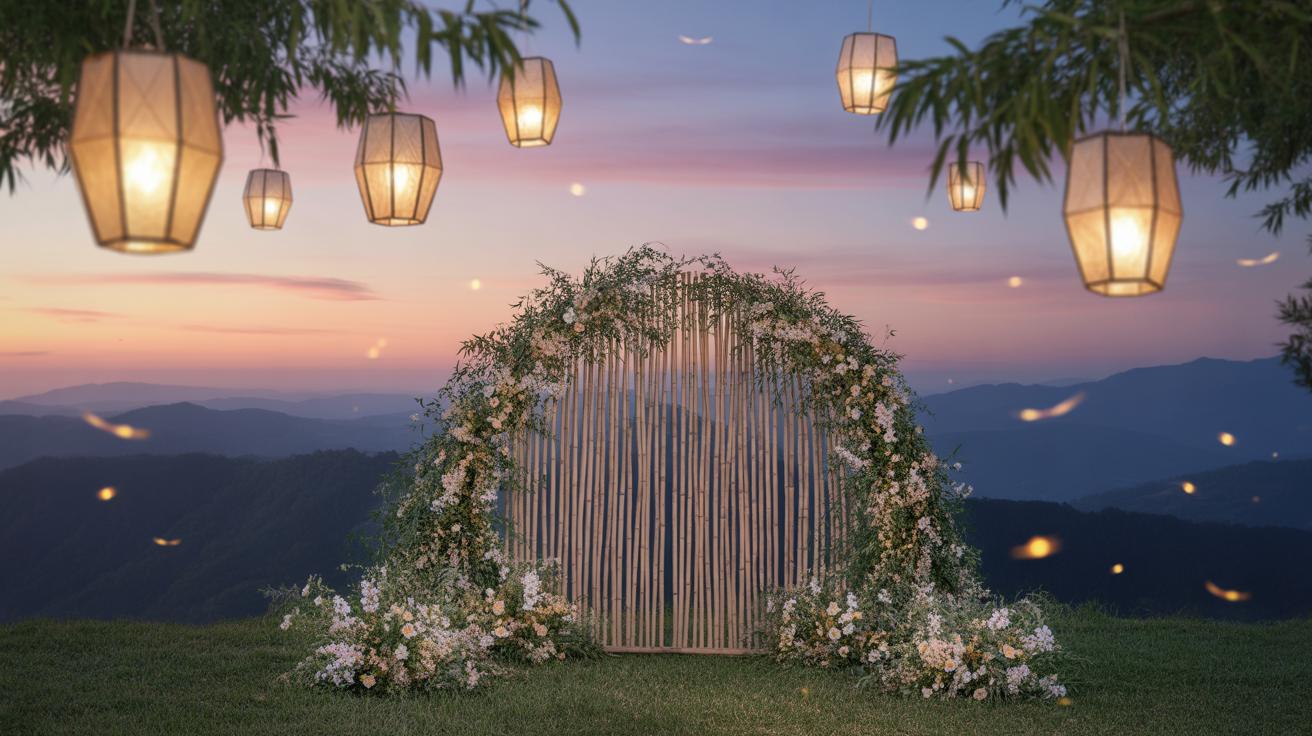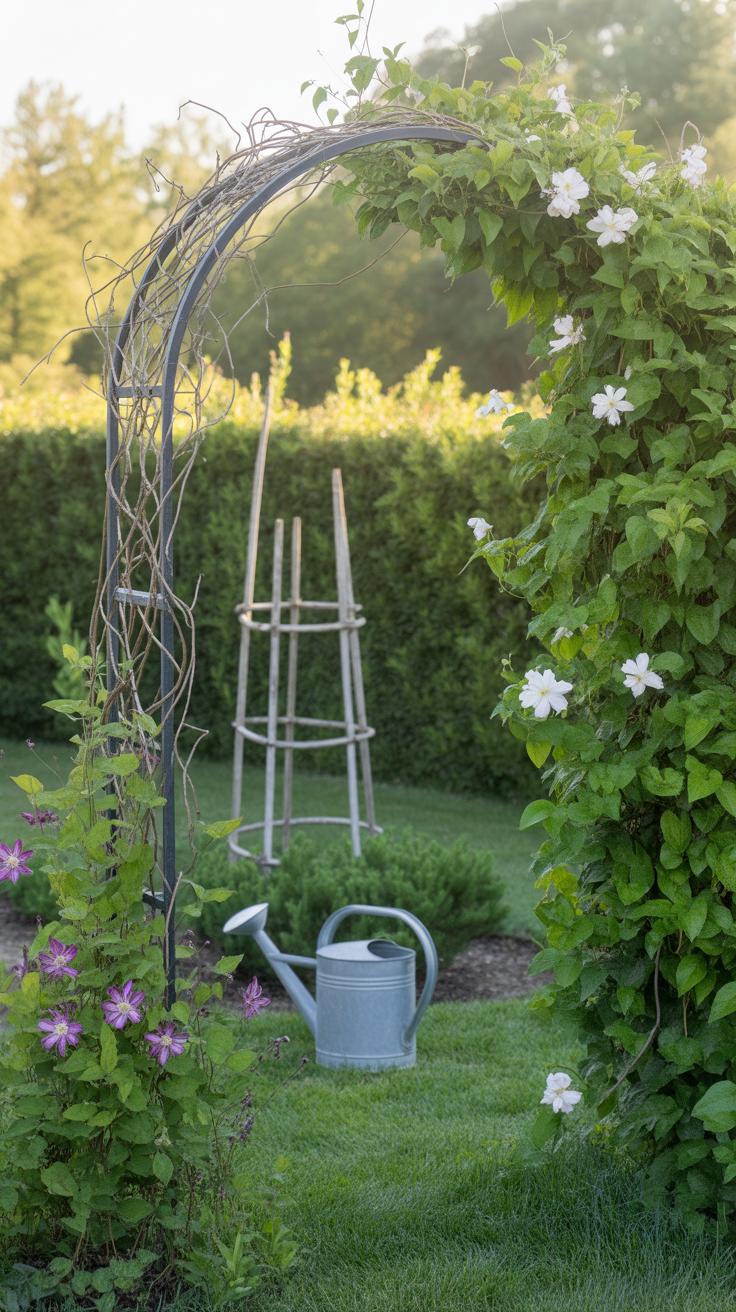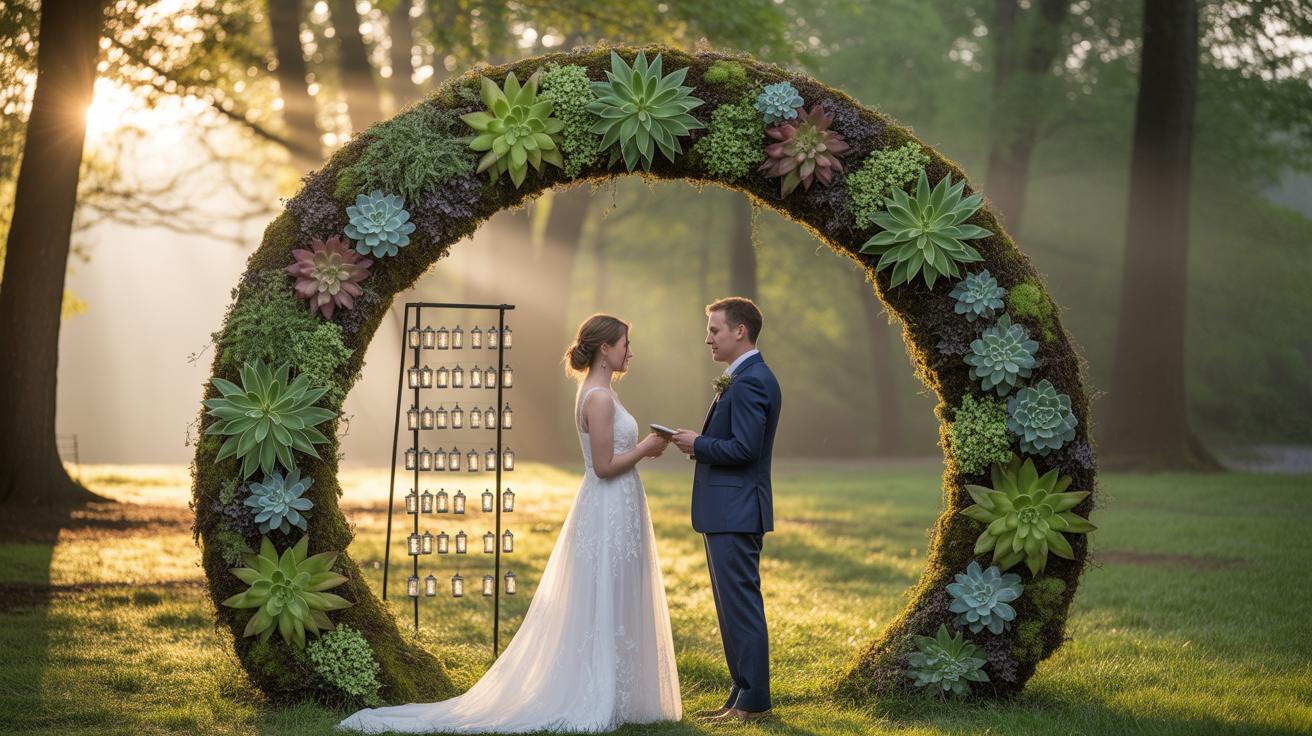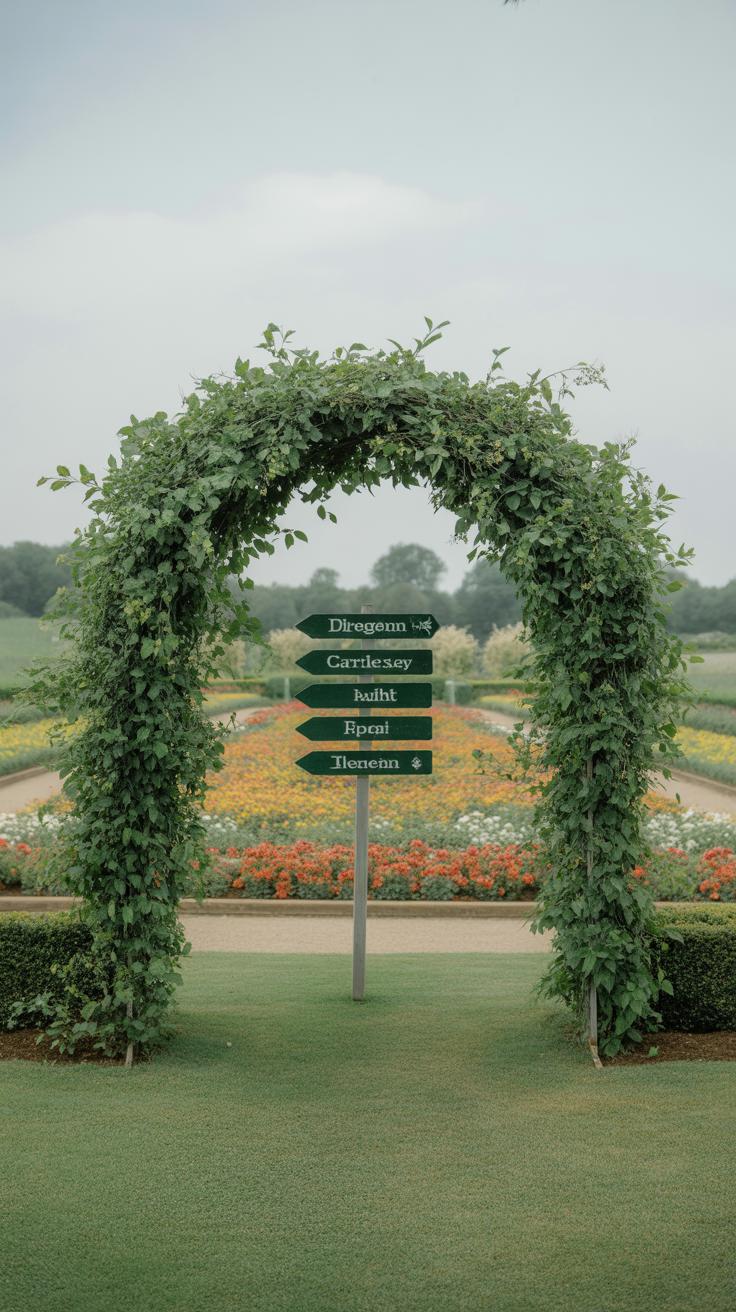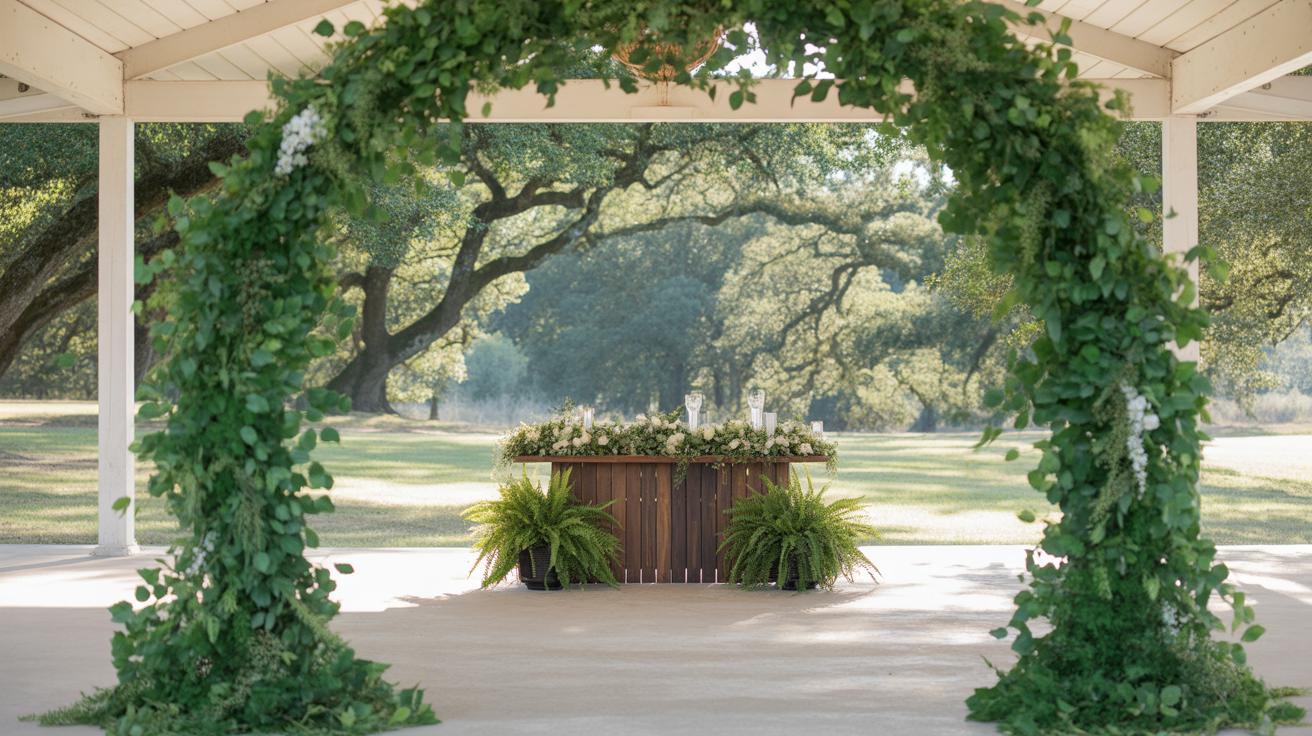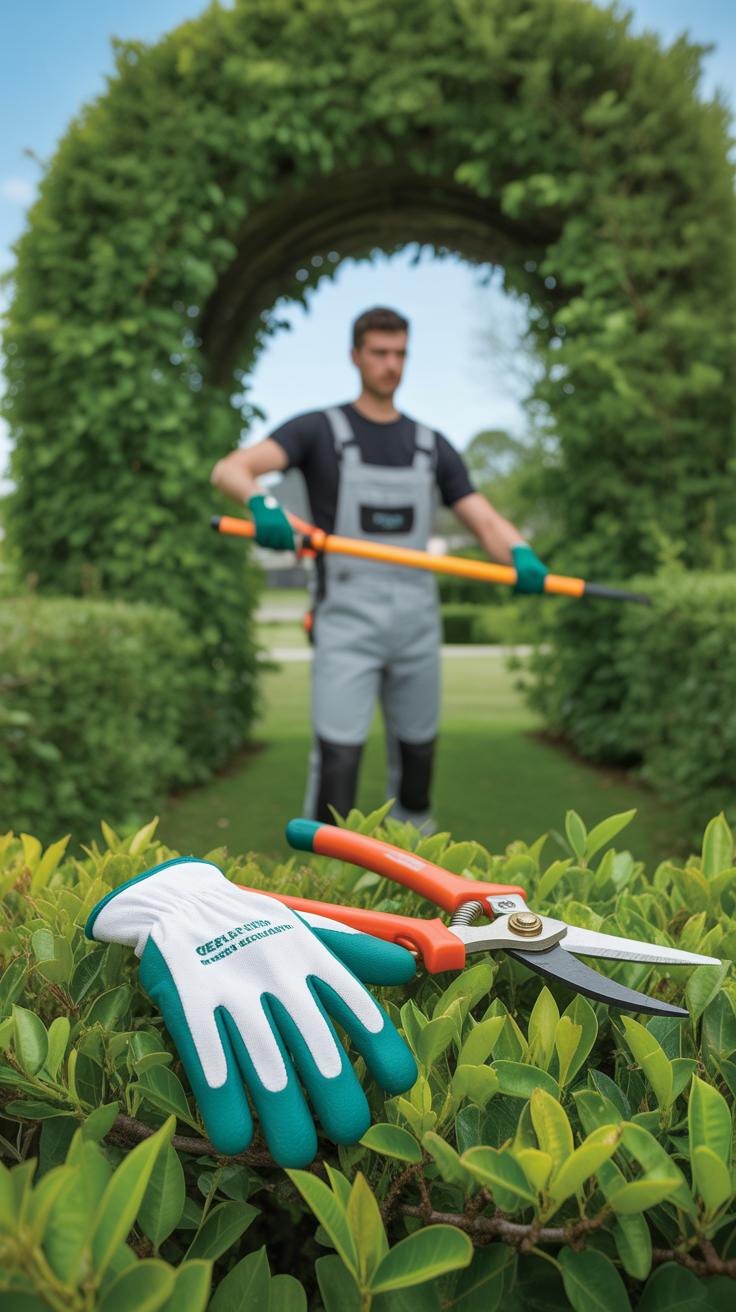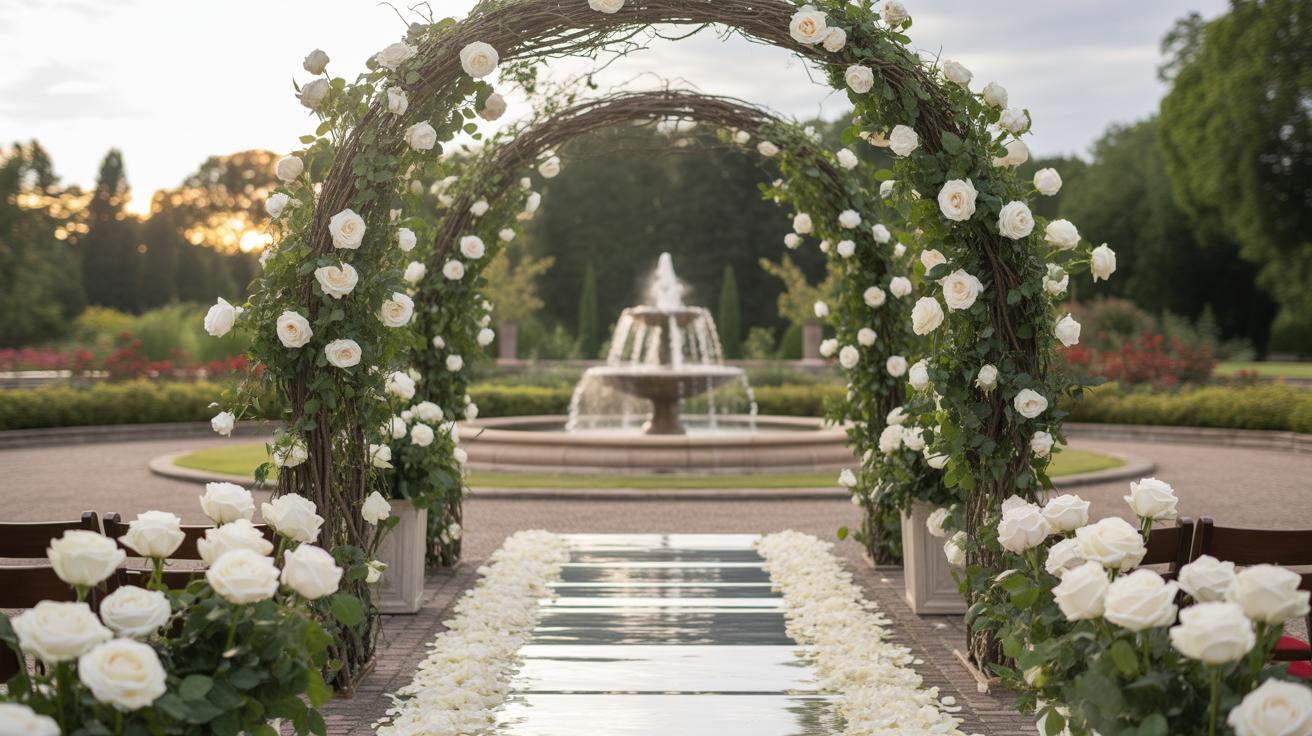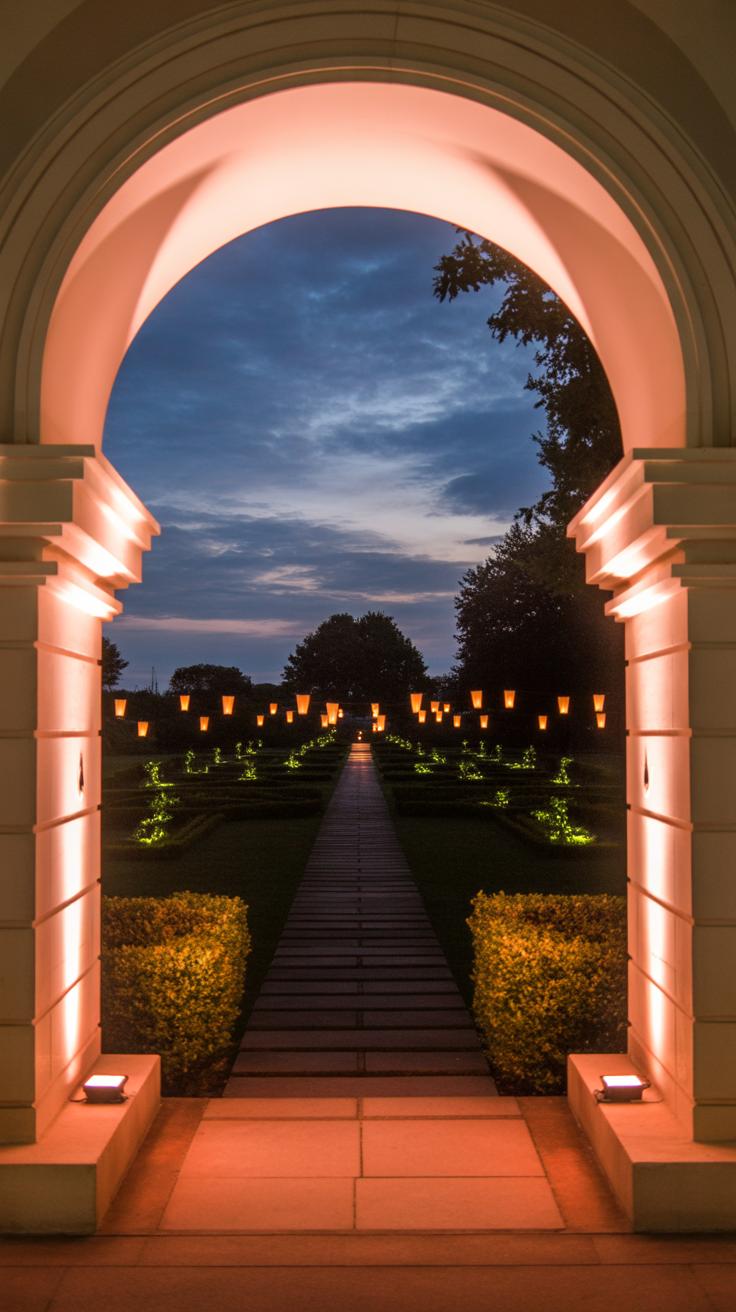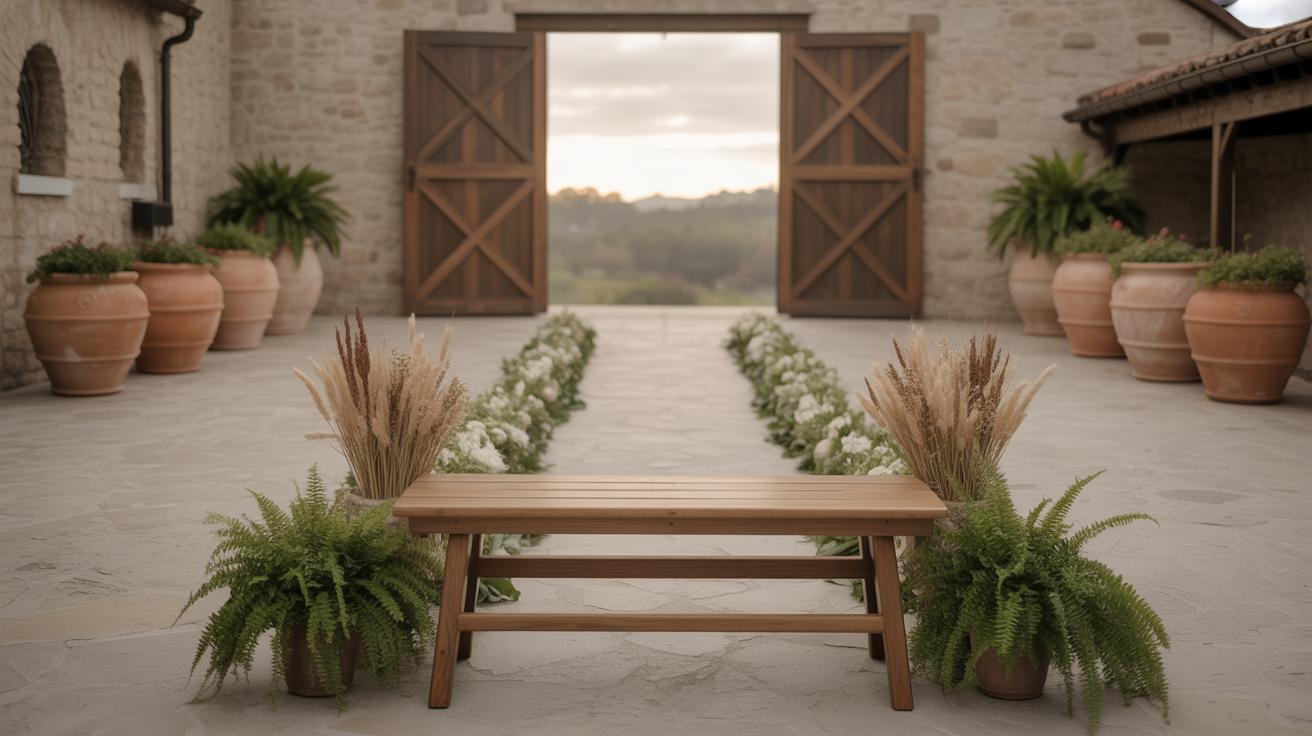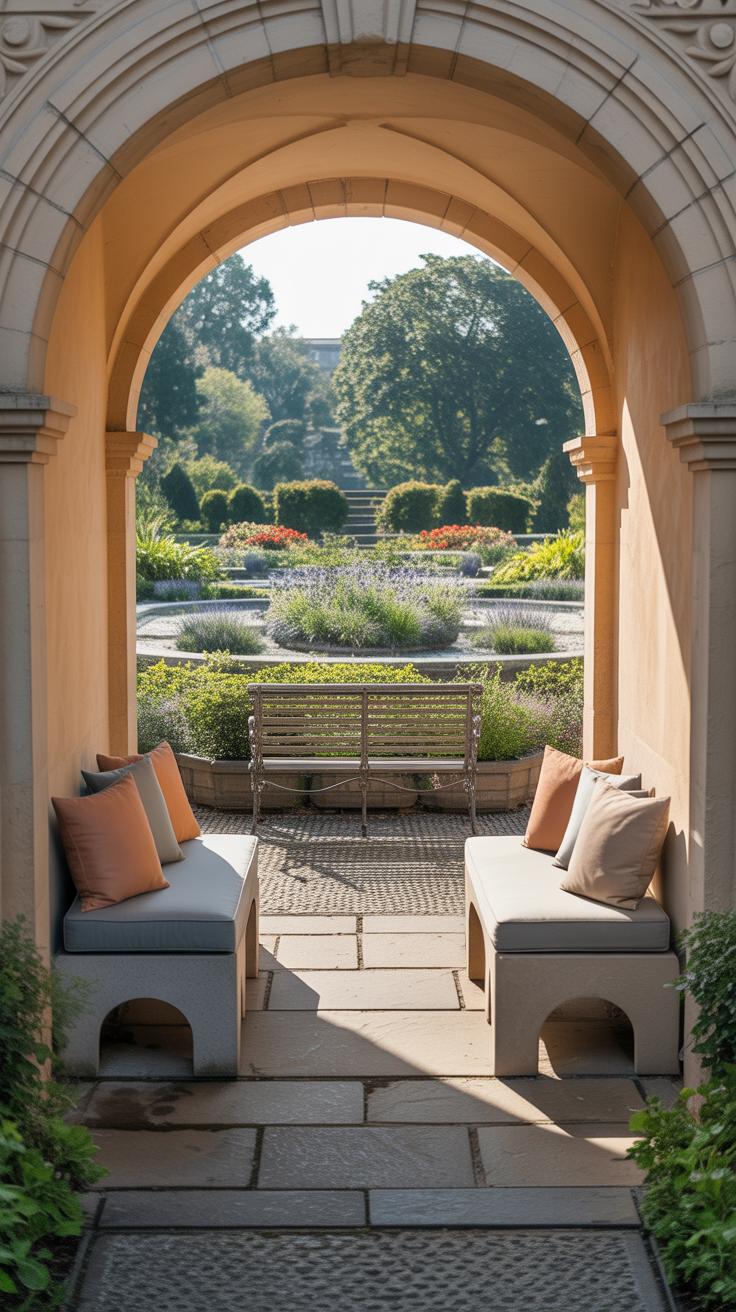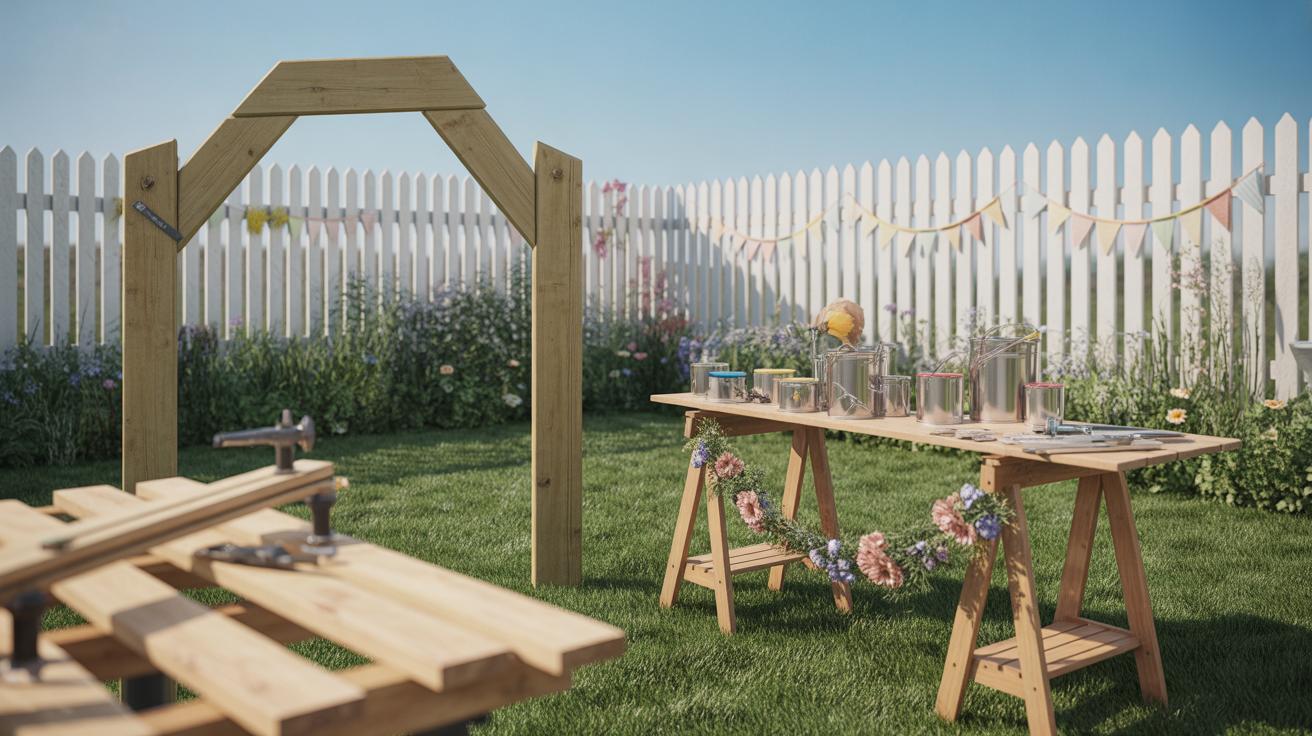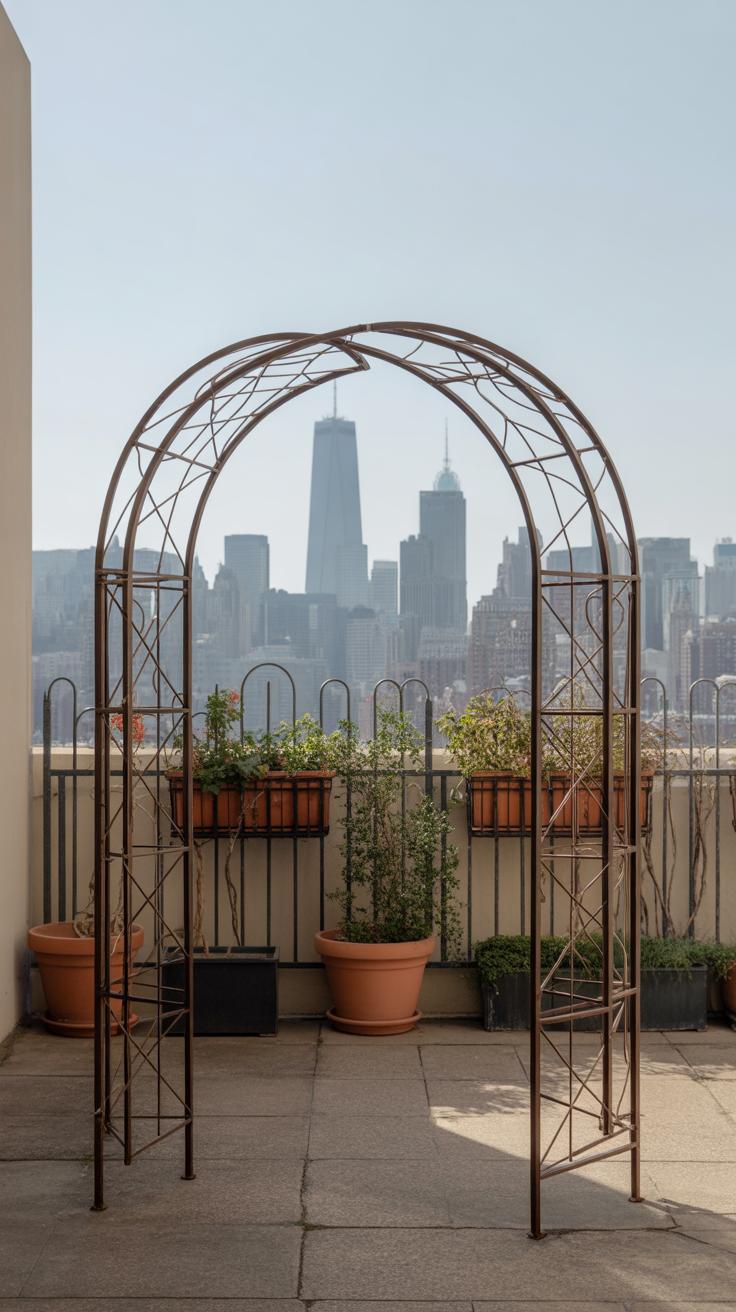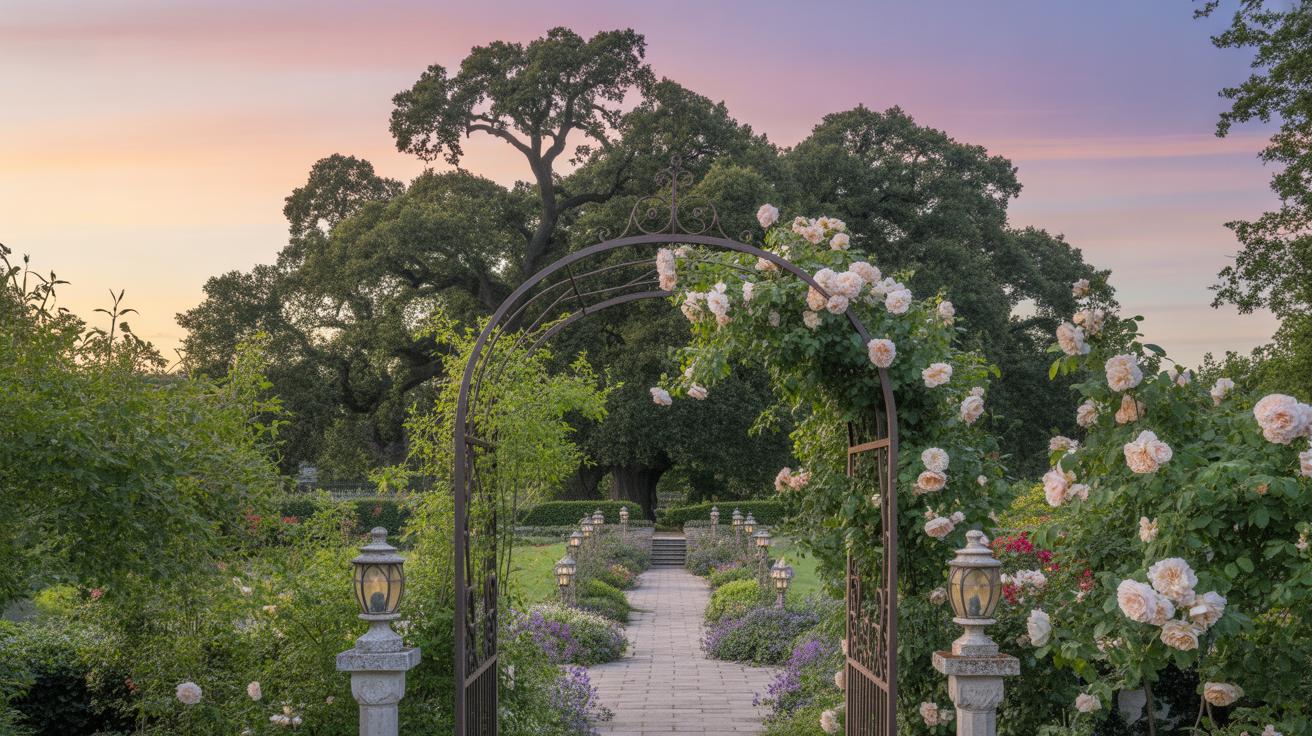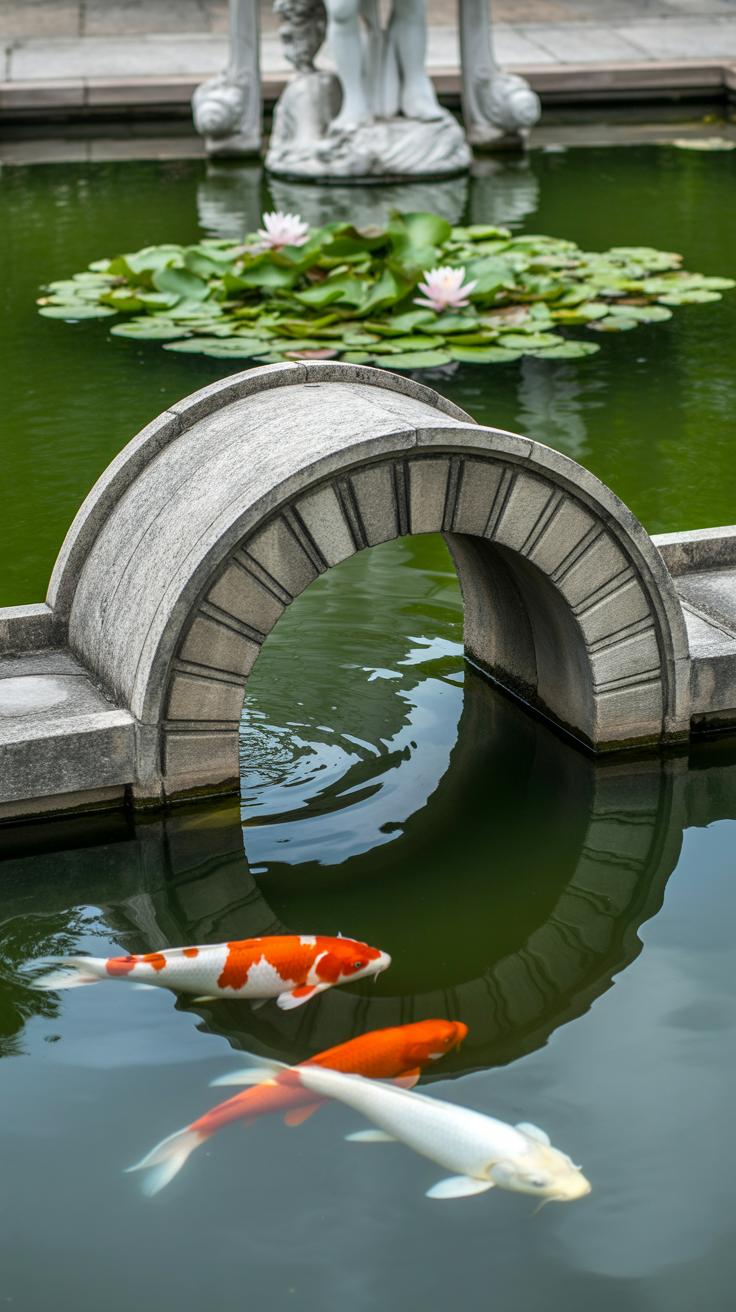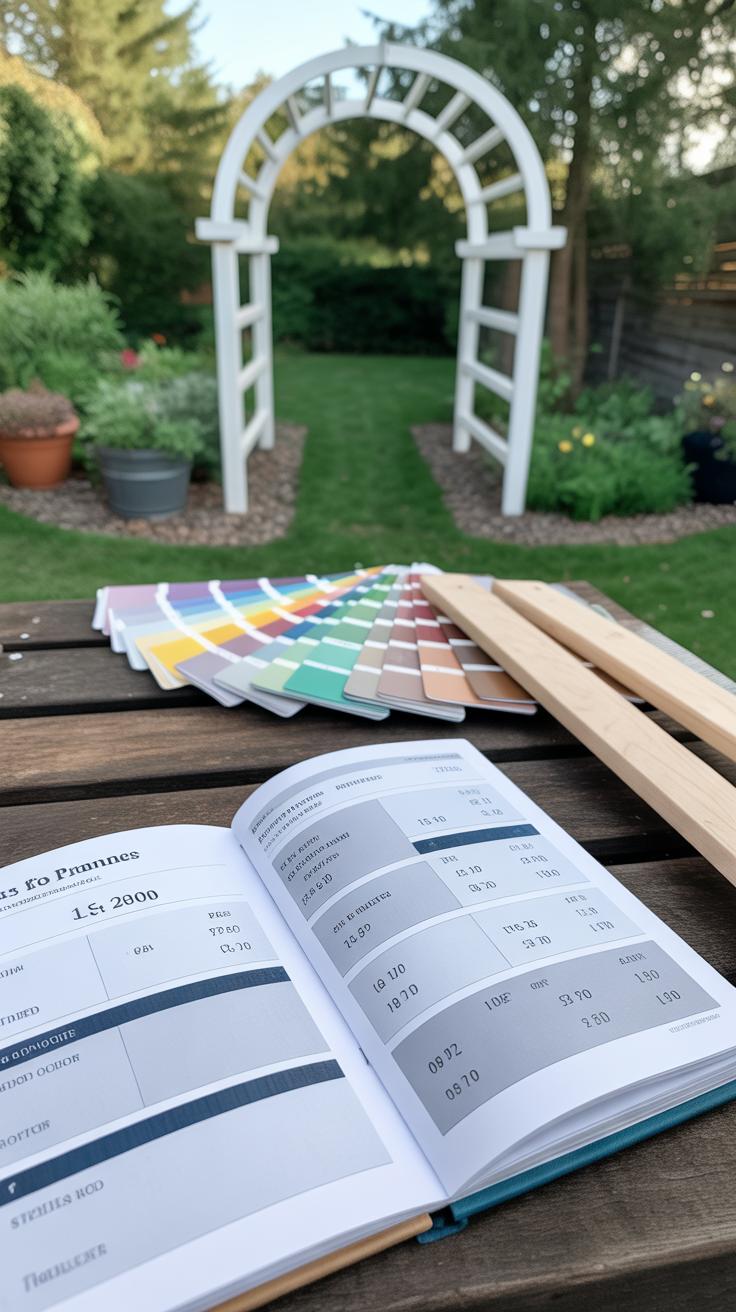Introduction
Garden archways offer an inviting entrance to any outdoor space. They serve as a beautiful transition between different areas of the garden, creating a sense of wonder and elegance. Installing the right archway can transform your garden into a peaceful retreat or a magical setting reminiscent of a fairytale. This article explores various garden archway designs that you can use to enhance the charm and style of your garden.
You will learn how to choose the perfect materials, shapes, and plants for your archway. The article also explains practical tips on maintenance and positioning to maximize the appeal and longevity of your garden arch. Each section provides clear guidance on turning your garden entrance into a memorable and welcoming feature.
Choosing the Right Materials for Your Garden Archway
When selecting materials for your garden archway, the options mostly boil down to wood, metal, or vinyl, each bringing distinct qualities to your outdoor space. Think about the balance between style and durability you want—because material choice affects both greatly. Vinyl, for example, is low-maintenance and resists weather well, but it may lack the character that natural materials offer.
Wooden Archways Benefits and Drawbacks
Wood offers a warm, natural appearance that blends effortlessly with greenery. It’s pretty easy to customize—paints, stains, even carving details. But it’s not all smooth sailing. Wood demands upkeep to fend off rot and insects. You might find yourself staining or sealing it regularly, especially if you live somewhere damp. Some woods last longer than others, cedar and redwood being more resistant. The trade-off between its beauty and the care it requires is something to weigh carefully.
Metal Archways for Strength and Elegance
Metal archways, often wrought iron or aluminum, bring a different vibe—clean lines and solid strength. Wrought iron has an ornate feel and can hold up through many seasons but may need occasional rust prevention. Aluminum, lighter and less prone to rust, feels modern and durable. Metals can carry intricate designs that wood struggles to match without extra effort. They don’t need as much fussing over as wood, but they can feel colder and less inviting, depending on your tastes. Still, if longevity and structure are high on your list, metal often wins out.
Design Shapes That Enhance Garden Pathways
When you think about garden archways, the shape often sets the tone for the entire entrance. The most common forms—round, pointed, and flat-topped—each create very different impressions. It’s almost like the archway speaks before you even walk through. You might find yourself naturally drawn to one over the others without knowing exactly why.
Rounded archways remain a classic choice. Their soft curves evoke a sense of tradition and calm, fitting well with nearly any garden style from rustic to formal. There’s something undeniably timeless about a smooth curve that gently frames your pathway. It feels welcoming, like an invitation. If you’ve ever wandered through an older garden or historic park, you’ve likely spotted these arches carrying climbing roses or greenery just perfectly.
Then there are pointed arches—a less common but striking option. They give a touch of drama and vertical emphasis, maybe a hint of medieval or gothic charm. They tend to make the entrance feel taller, more pronounced. Honestly, these aren’t for every garden, but when you want something a bit unexpected, they can do the trick.
On the flip side, modern flat-top or square archways bring a whole different vibe. They lean into clean lines and a straightforward silhouette. Flat-topped arches feel contemporary, less fussy, and often blend best with minimalist garden styles or even urban settings. They can look a bit stark, true, but that simplicity can make your plants really stand out—especially if you highlight them with flowering vines or lush foliage.
- Rounded arches: Soft curves, timeless appeal, blend with natural and formal styles.
- Pointed arches: Add height and sharpness, hint at historical or gothic style.
- Flat-top arches: Clean lines, modern look, suit minimal and urban gardens.
Picking the shape isn’t just about aesthetics either. It shapes how you move through the garden, how your eye travels along the path, and even how plants grow. You might hesitate at first—round feels safe and familiar, yet flat-top offers a bold contrast. Which do you think would invite you inside your garden most?
Choosing Plants to Climb Your Garden Archway
Your garden archway doesn’t just need to stand there; it wants to wear something, something alive. Choosing the right climbers can make or break that magical sense of entrance. You might think any climbing plant will do, but there are subtle differences that really matter, depending on whether you want bursts of color or steady greenery.
Flowering climbers tend to draw the eye, and if you time their blooms right, your archway can feel like it’s celebrating each season. Roses, for example, often steal the show with their classic appeal. You get shades from pure white to deep crimson, sometimes even soft pinks or yellows, usually flowering in late spring and then again in early autumn. Clematis offers a different vibe—some varieties bloom in spring, others in summer, and colors range from violet to white, even reds. The unexpected part? Clematis can look a bit sparse at first, needing some patience before the full effect dawns.
On the other hand, if you want something steady, evergreen climbers might be your best pick. Ivy, the dependable companion, keeps its leaves year-round, giving your archway a consistent green frame, even in bleak winters. Jasmine is a bit more complicated. Its leaves stay green most of the year, and its small, creamy white flowers bring scent into the mix, but you’ll only get those in the warmer months. It might not be as flashy, but that gentle aroma can define the entrance in a subtle way.
So think: do you want to surprise visitors with seasonal color or comfort them with steady green? Maybe a mix works better for you, a bit of both that changes through the year and never feels quite finished.
Positioning Your Garden Archway for Maximum Impact
Where you place your garden archway can change how your whole garden feels. Think about entrance archways first—they work like an invitation. Put one right at your garden’s threshold, and suddenly, you have a natural focal point that draws people in. It’s almost like setting the tone before anyone steps further inside. A carefully placed archway can make visitors pause, hesitate just a moment, and then step into another world. I’ve seen entrances where archways are a bit off-center, which makes things more interesting, though some might find that a bit distracting.
But archways aren’t just for entrances. You can use them to define spaces, too. Imagine a long garden divided into zones—maybe a dining area, a flower bed, a vegetable patch. Placing archways between these areas can create a sense of flow while also marking boundaries. They offer a little pause or transition, helping visitors—and you—feel where one space ends and another begins. This subtle division is both practical and aesthetic.
Here are a few tips for placing your archway:
- At the main entry to set a welcoming spot that frames the view beyond.
- Between garden rooms to guide movement and separate themes or functions.
- Near seating areas to add intimacy or shade when covered with plants.
- Along pathways to break long distances and add interest.
Try to imagine walking through your garden slowly. Ask yourself where you’d want little moments of surprise or reflection. Those are prime spots for an archway—though, well, feel free to go with your gut. Sometimes the best placements are the ones you don’t expect.
Maintenance Tips to Keep Your Garden Archway Stunning
Keeping your garden archway looking its best takes a bit of effort, but it’s not too complicated. For wooden archways, applying a quality sealant or wood preservative each year helps protect against moisture—and those rainy days sneak up faster than you’d like. You might think painting is purely for looks, but it’s really about shielding the wood from weather damage. If you skip this step, you’ll see peeling and cracking sooner than later.
Metal archways need some care, too. Rust can creep in, especially if you live somewhere damp. A wire brush is your friend—scrub off any rust spots early on to prevent spreading. Then, a fresh coat of rust-resistant paint works wonders. I once neglected this, and let me say, those orange stains aren’t charming at all.
Now, about the plants climbing your arch. Pruning isn’t just for neatness—trim them regularly to encourage stronger growth. Don’t be shy about cutting back too much; many climbing plants bounce back quickly and even bloom better. Plus, it keeps the weight from stressing the structure. Support matters as well. Use soft ties or garden twine to guide your plants and prevent breakage. It’s a delicate balance between control and freedom for your greenery, and sometimes you’ll test which approach suits your particular plants best.
Lighting Techniques to Highlight Your Garden Archway
Lighting changes everything when it comes to garden archways. Once the sun goes down, a well-lit archway can feel inviting—and yes, maybe even a little magical. The trick is to avoid harsh or overwhelming light that washes out the delicate features of your arch and plants.
Solar lights offer a gentle, eco-friendly way to keep the arch glowing at night. Placing small solar fixtures along the arch frame or on nearby stakes can create that soft illumination without dealing with wires or electricity bills. I’ve noticed they work best in spots with plenty of sunlight during the day; otherwise, the glow might be too faint—so think about your garden’s daily light exposure.
String lights are perfect if you want a cozy, decorative feel. Wrapping them around the arch adds sparkle and highlights the shape without overpowering it. String lights can emphasize climbing roses or ivy, making the plants part of the display. Spotlights, on the other hand, let you focus attention on certain areas. A soft spotlight at the base can cast dramatic shadows upward, showing off texture and color. But too many spotlights? That might feel like a stage rather than a garden, so it’s about balance.
What kind of mood do you want your arch to set after dark? Experimenting with combinations—solar lights for base illumination, string lights for charm, and spotlights for drama—might help you find an approach that feels just right.
Incorporating Seating and Pathways Near Archways
Benches to Create Restful Spots
Placing benches near your garden archway invites lingering moments. Imagine stepping through the arch and finding a quiet spot to sit, breathe, or simply watch the garden unfold. A bench nestled just beside the arch softens the space and offers visitors a gentle pause. It doesn’t have to be fancy—sometimes a simple wooden or wrought iron bench feels just right. You might even want a bench with a backrest for comfort, encouraging longer stays, or a smaller stool for quick rests. The spot near the arch naturally draws attention, so it’s a perfect place for reflection or casual conversation.
Think about what view you want from that seat. Is it looking back through the arch, framing the garden beyond, or facing a colorful flower bed? These choices influence the bench’s placement. Sometimes I find that a bench slightly off to the side works better, letting the arch remain the star without crowding it. It’s not always obvious where the bench will feel most inviting until you try out a few spots—trial and error can be part of the fun.
Path Materials That Lead to Your Archway
Paths guide visitors and prepare them for the reveal of your arch. The material you choose sets the tone and can either highlight the arch or compete with it. Stone paths have a natural, durable feel and tend to blend well with greenery. Their irregular shapes add character but can be uneven underfoot, which some might find a bit troublesome.
Brick paths bring warmth and structure to the approach. Running a brick path to your archway can evoke a classic vibe, though it might feel a bit formal depending on your garden style. Gravel is a bit more casual and flexible. It’s easy to lay down and adjust over time but can scatter, which you’ll notice if you prefer tidiness.
Besides materials, consider the path’s shape. Straight lines direct attention quickly, while gentle curves invite exploration and slow the pace—a small but crucial choice in setting the mood before reaching your archway. These subtle elements can greatly affect how you and your guests experience the transition into the magical space beyond your garden arch.
Using Garden Archways in Small Spaces
You might think archways demand a lot of room, but they can actually work surprisingly well in compact gardens and patios. It’s about choosing the right style and scale so the archway enhances, rather than overwhelms, your space. A well-placed arch can create a sense of depth and invite you further in — even if the garden itself is quite small.
One trick is to lean toward slim, tall archways that don’t take up much width. These keep your pathways open and allow for more natural light and air to flow through. I once tried a wide, squat arch in my own backyard, and it ended up feeling a bit claustrophobic — too much bulk for a narrow garden. The taller, narrower versions feel lighter, like they’re part of the space rather than blocking it.
If you enjoy growing plants but have limited ground space, vertical gardening on your archway can be a game changer. Small pots of herbs or trailing plants attached directly to the arch structure free up horizontal space while turning the arch into a living wall of greenery. It’s a practical way to add freshness without crowding your patio or garden bed.
- Choose slim, tall arches to keep sightlines open in tight garden paths.
- Use vertical planters or hooks on archways to grow herbs or small flowers.
- Consider lightweight materials to avoid making the space feel heavy or closed in.
Thinking of how your small garden flows—wouldn’t a narrow archway be the perfect frame for the little corner you’ve nurtured? Or maybe your patio could gain a touch of green without sacrificing seating space. Sometimes, less is more, or, well, just different enough to make a subtle but distinct impact.
Combining Archways with Water Features and Statues
Placing a gentle water fountain near your garden archway can change the entire vibe. The soft trickle of water draws you in, almost like an invitation to pause and breathe. It’s subtle but effective—suddenly, the garden feels calmer, almost hushed. You don’t need a huge pond or roaring waterfall. A small basin or tiered fountain works well, especially when tucked beside climbing roses or ivy weaving through the arch.
Statues offer another layer of interest. Think beyond standard figures—quirky or abstract sculptures can bring unexpected charm. A fairy or woodland creature near an archway sparks imagination, while classical busts give a quiet dignity. Placing such art close to archways helps define the space and gives the entrance some personality, making it less of just a passageway and more an experience.
By combining water and art, you hint at stories unfolding beyond the arch. That sound, that form, suddenly your garden doorway feels like it’s leading somewhere magical—even if it’s just your backyard. You might find yourself lingering longer, drawn by the calm sounds and curious shapes. It’s these small touches that turn a simple garden arch into something special.
Planning Your Budget for Garden Archway Projects
Estimating the cost of a garden archway can be tricky. There’s more to it than just buying the frame. Materials alone range widely—from metal and wood to PVC or bamboo—and each comes with a different price tag. Think about the plants too: climbing roses or jasmine aren’t just upfront purchases; they’ll need care and possibly fertilizer over time.
Installation can add a decent chunk to your budget, especially if the archway is large or complex. Sometimes digging and setting the base requires tools or extra labor. And then, there’s maintenance. Regular pruning, repainting, or repairs may sneak up on you if you don’t plan ahead.
Affordable Archway Options
If your budget’s tight, don’t fret. You can put together a charming archway without spending much. Try inexpensive materials like bamboo poles tied with twine. A simple wooden frame made from repurposed pallets can work too, giving you a rustic look without the cost.
DIY assembly saves money but needs patience. Painting or staining can protect your materials and stretch their life, so don’t skip that step. Growing quick-climbing plants like morning glories or sweet peas also reduces waiting time for coverage, making your arch feel more complete sooner.
When to Invest in Professional Services
There’s a point where calling in experts might actually save you money—and grief. Designers bring experience to balance aesthetics and structure, ensuring your archway fits your garden’s style and soil conditions. If you’re unsure about the best plants or how to secure heavy frames, a professional installer can prevent costly mistakes.
Sometimes, the upfront expense pays off by avoiding repeated repairs or replacing plants that didn’t thrive. Think about your own time and skill level before deciding. Is this a weekend project or something that could stretch you too thin? If you hesitate, a professional’s help may be worth the investment.
Conclusions
Garden archways are more than just decorative structures; they set the tone for your outdoor space. By selecting suitable designs and plants, you can craft an entrance that captures attention and adds value to your garden. Regular care is important to keep the archway looking its best while ensuring the plants thrive. The right archway combines function and beauty, inviting you and your guests to enjoy the natural surroundings.
Consider your garden’s style and needs when planning your archway. Use the ideas and tips provided to create an entrance that feels just right for you. Whether you prefer simple metal frames or lavish floral arches, a garden archway can turn an ordinary garden gate into a charming gateway that welcomes you to your own slice of nature.

